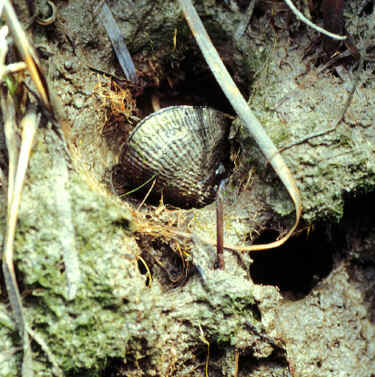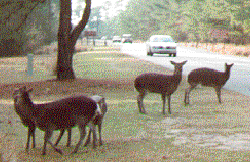
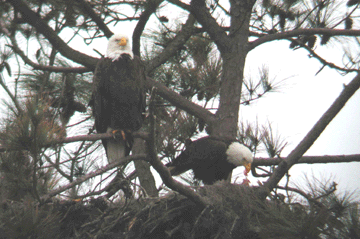
American Holly Ilex opaca American Holly leaves are dark green, tough, and leathery. Sometimes they are very shiny. Underneath, they are yellowish-green. Holly leaves have several "prickles" on the edges.
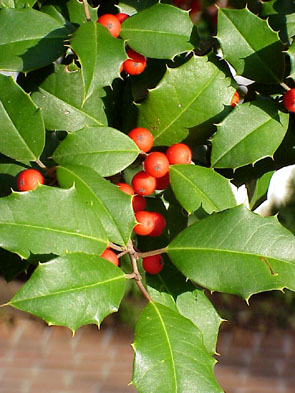
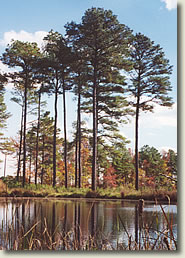

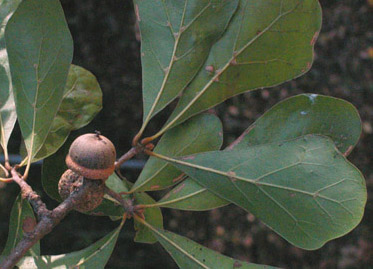
Pin Oak, Quercus palustris Typically found in bottomlands; prefers moist (hydric) soils. A popular ornamental tree with its leaves turning scarlet in the autumn.
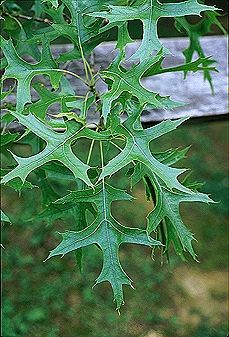
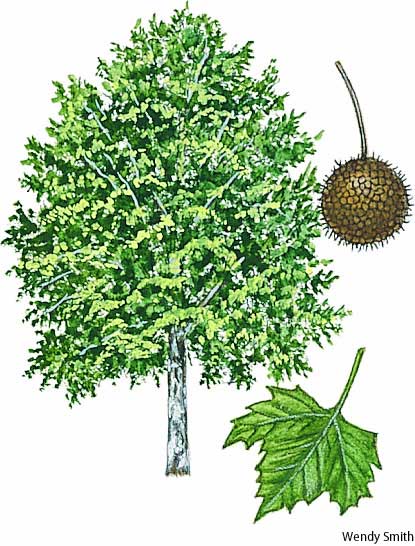
American Chestnut (Castanea dentata)
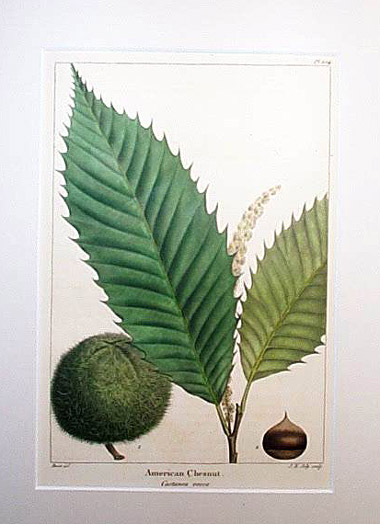
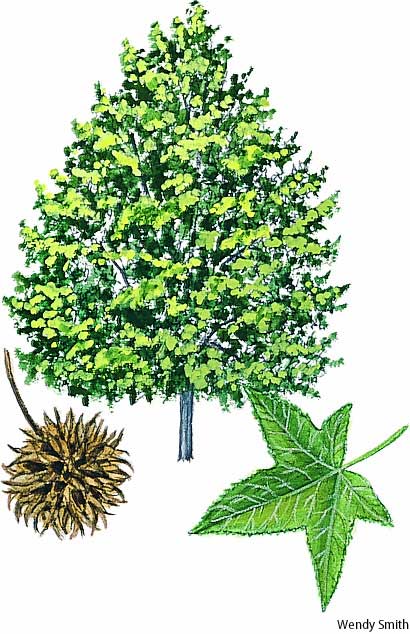
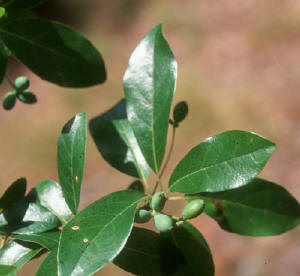
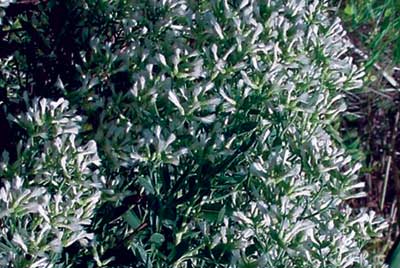
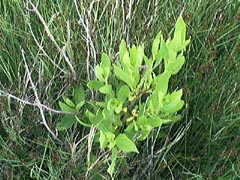
Myrica pensylvanica
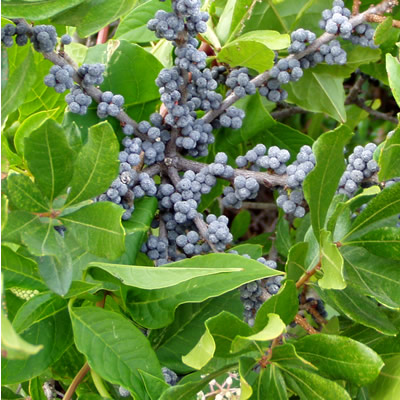
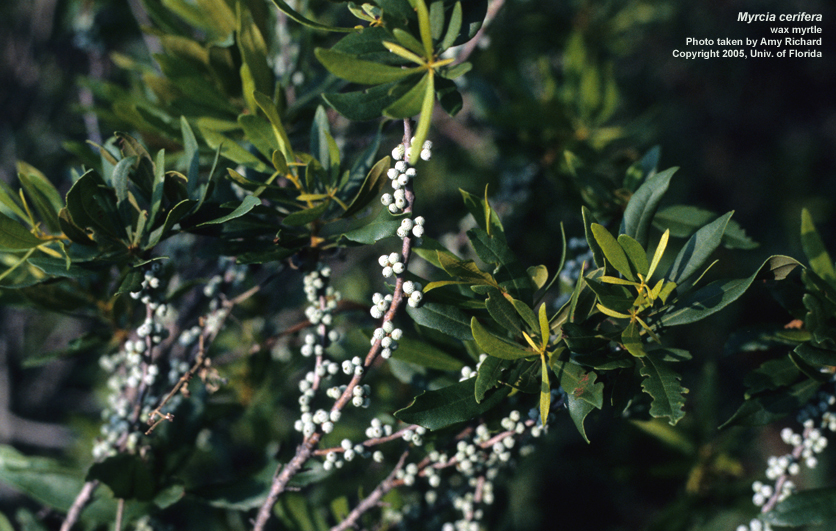
Crown vetch Coronilla varia is a low-growing, herbaceous perennial native to Europe, Asia and northern Africa. It was introduced into this country in the 1950s for erosion control purposes
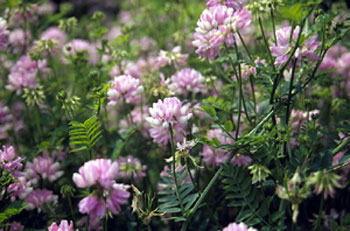
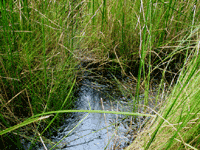
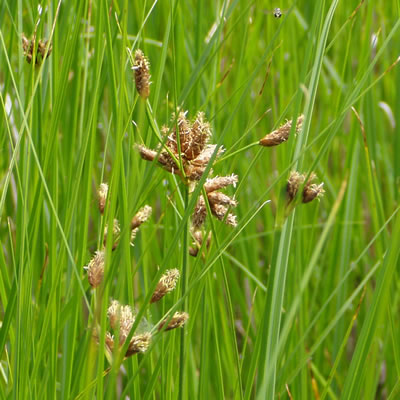
Tall, stiff-stemmed grass, growing throughout the low marsh. Taller specimens (up to 1.2 m) are found closer to water's edge. Possesses a round stem with flat, alternate leaves. Thrives in poorly flushed semidents by transporting oxygen to its roots through its leaves and stems.
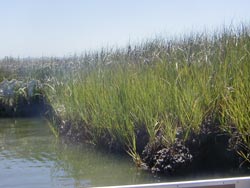
Soft, light green grass that forms thick mats in the high marsh. Grows up to 30 cm, with rolled, rounded leaves. Possesses a ball joint at the base of the stem to prevent breakage during tidal flow. This species was once mown for hay, hence the name.
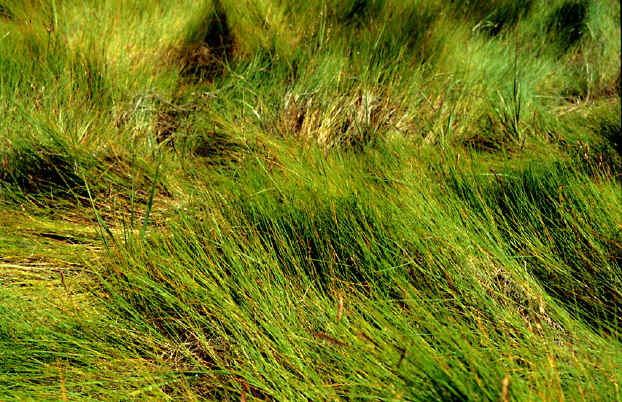
Typha angustifolia
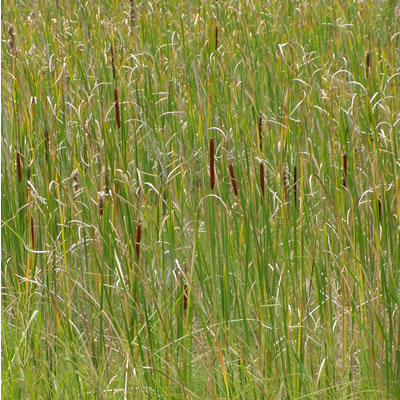
Juncus gerrardii
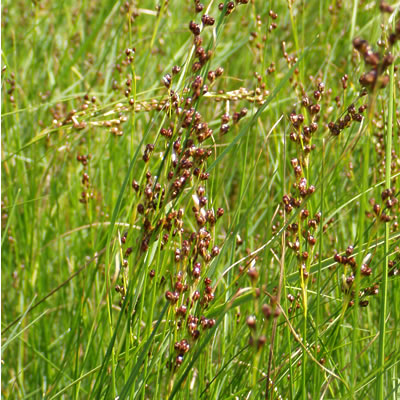
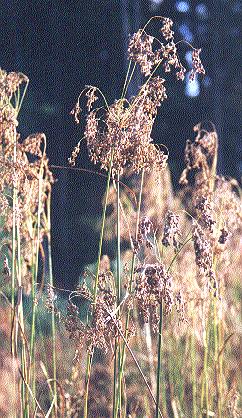
Grey-green, widely-spaced grass up to 30 cm tall with flat, short leaves. This plant rapidly colonizes new areas through below ground runners. Forms patches in the lower high marsh, often with Salicornia.
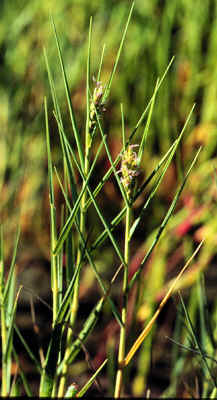
60 cm tall branching stem with several spoon-shaped basal leaves at base. Possesses numerous tiny purple flowers from July to September. Grows individually in the upper intertidal zone.
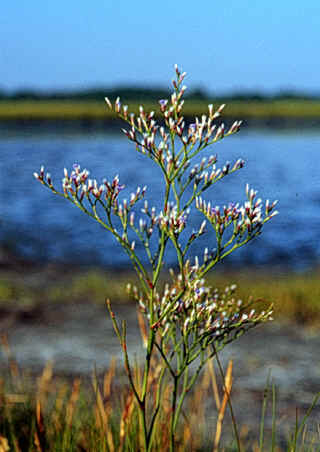
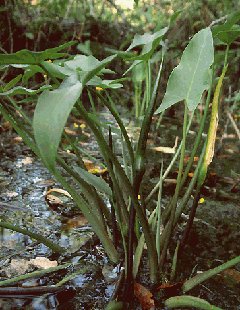
Succulent green annual, which turns deep red in the fall. Extremely tolerant of high salinity, it is often the first plant to colonize bare patches of the high marsh. It is very salty to the taste and is often added to salads or pickled.
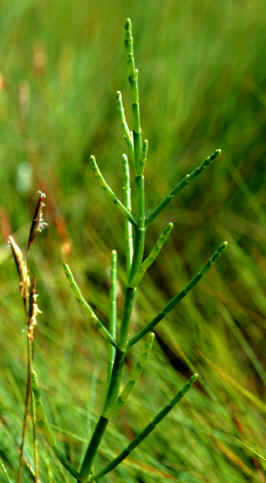
3 m tall reed with a brown stem and 3 cm wide green leaves. Possesses a tuft at the top when mature. An introduced species, it dominates brackish to fresh water marshes, especially in areas disturbed by man. It has spread to the point of becoming a nuisance.
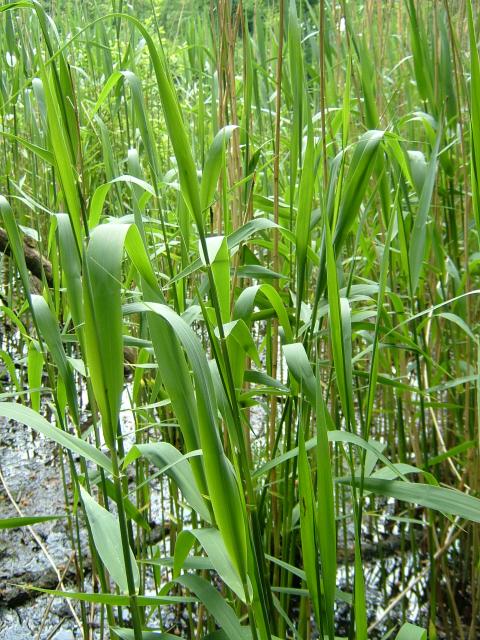
Subtidal flowering plant with true roots, stems and leaves. Green leaves grow to 1 m long and 1 cm wide. Plays a vital role in the estuary by providing sediment stability and habitat for numerous species.
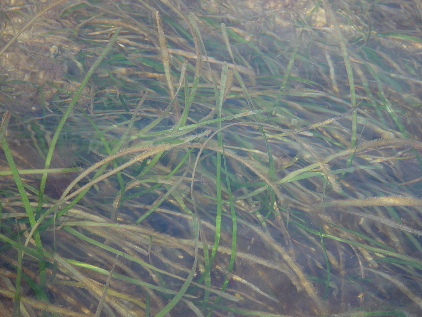
Bright green, translucent sheet, often with ruffled edges. Blades are two cell layers thick and may grow to 1 m, although usually shorter. Thrives in disturbed and polluted waters.
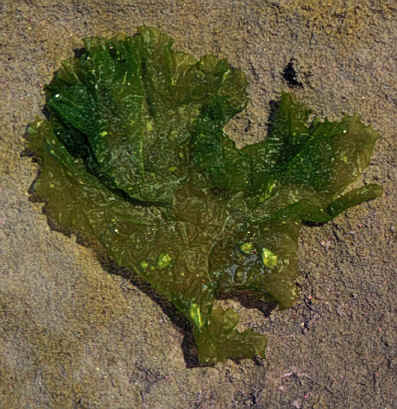

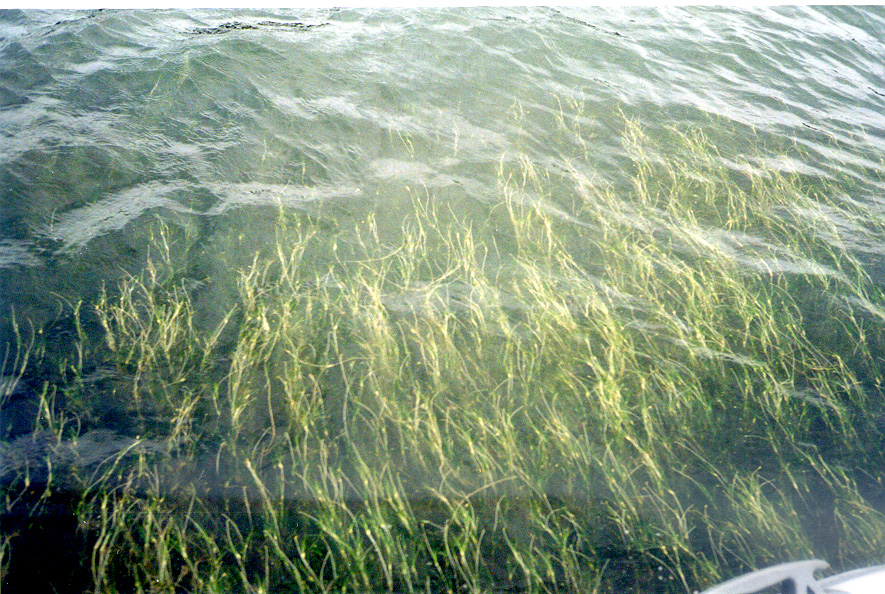
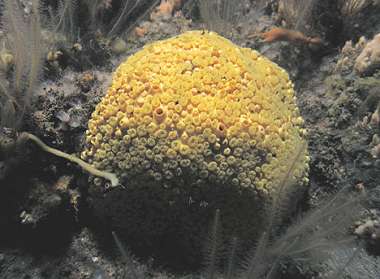
boring sponge
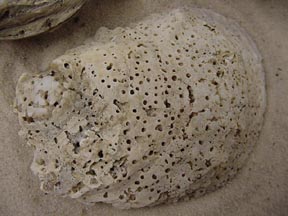
Atlantic Menhaden (Brevoortia tyrannus)
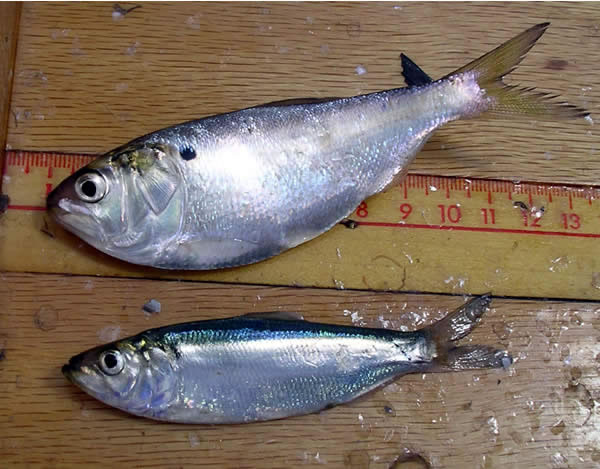
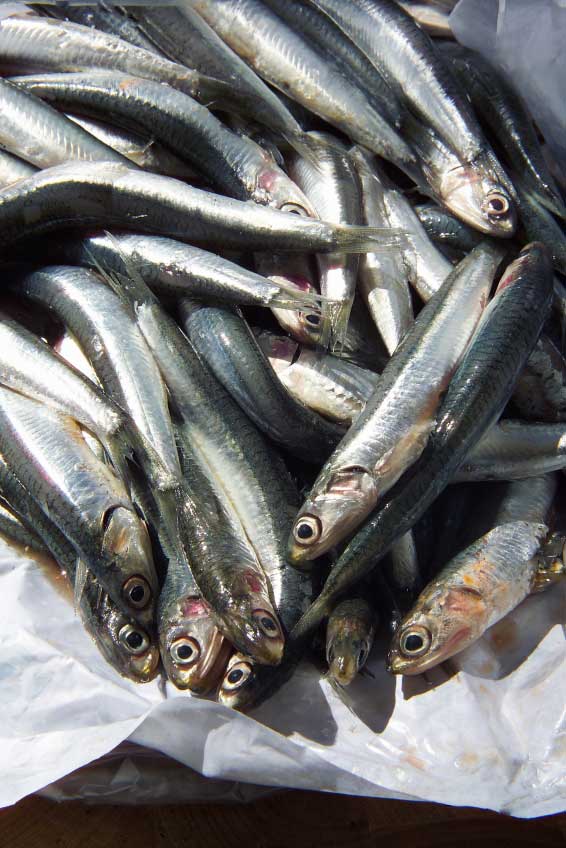
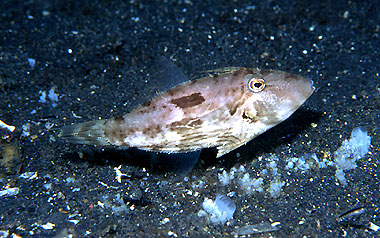
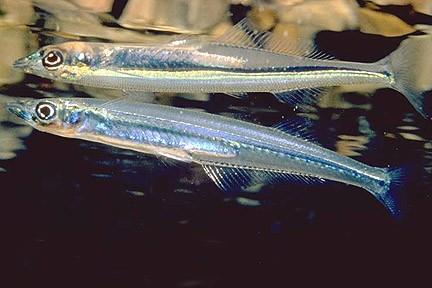
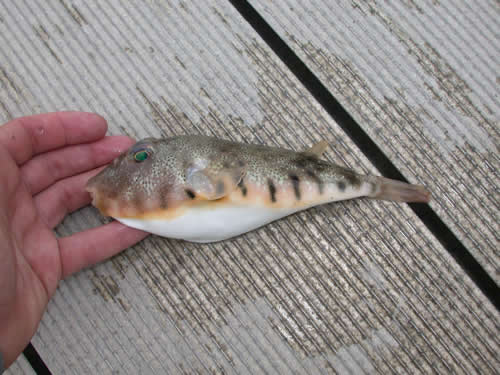
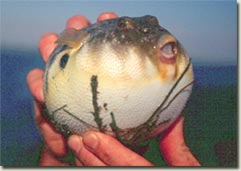
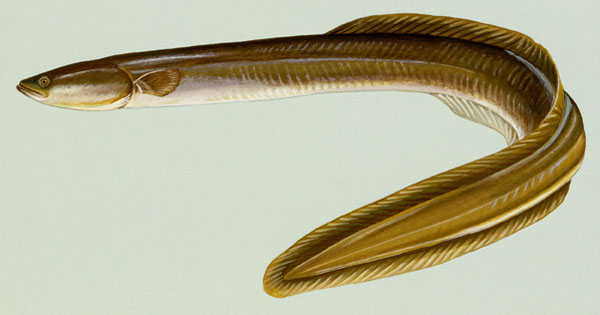

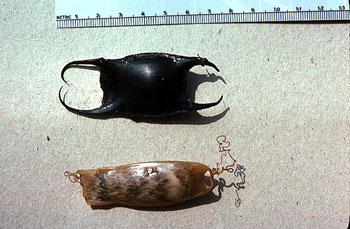
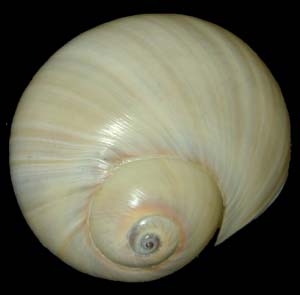
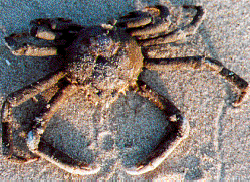
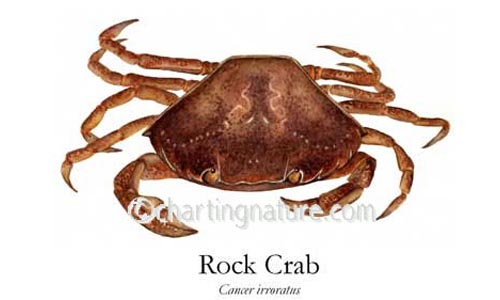
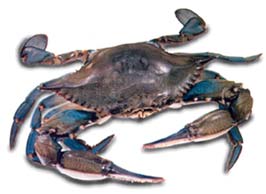
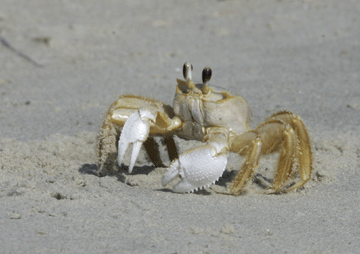
Olive-green to brown crab up to 60 cm long with long spike-like tail. Female is larger than male. An ancient species harmless to man, it is often used to bait lobster and fish traps. (tail=telson head=carapus midsection=apron)
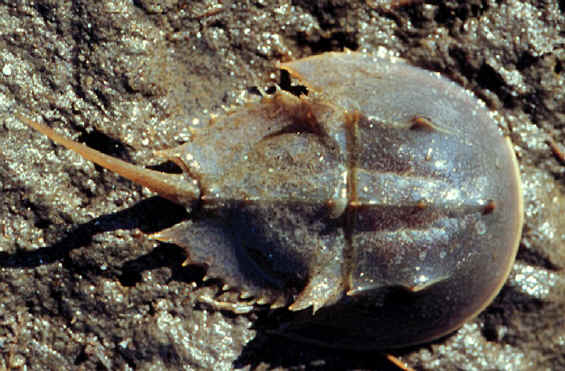
Small, semi-terrestrial crab, up to 3 cm in width, which digs burrows in the mud under Spartina. Male has an enlarged claw, which he slowly waves in the air to attract females. Feeds on detritus and aerates the marsh sediments with their burrows.
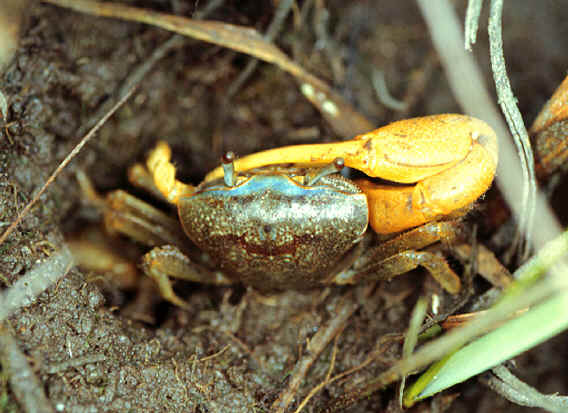
Hermit Crab, Pagurus ochotensis
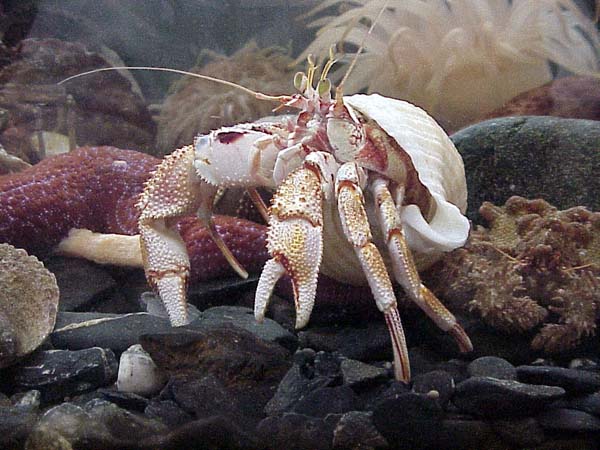
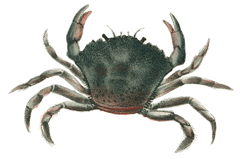
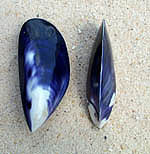
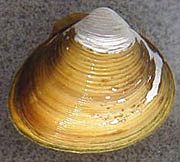
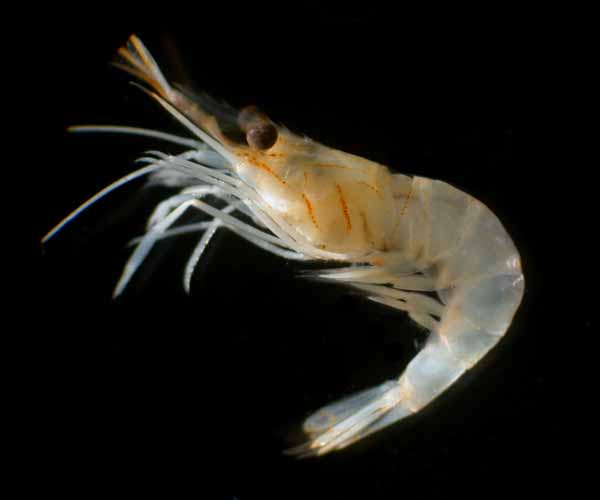
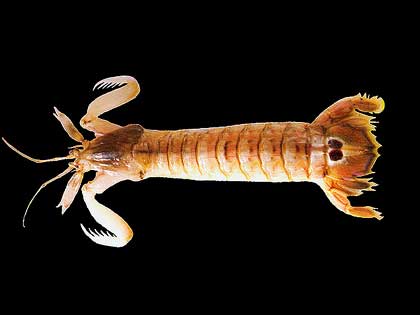
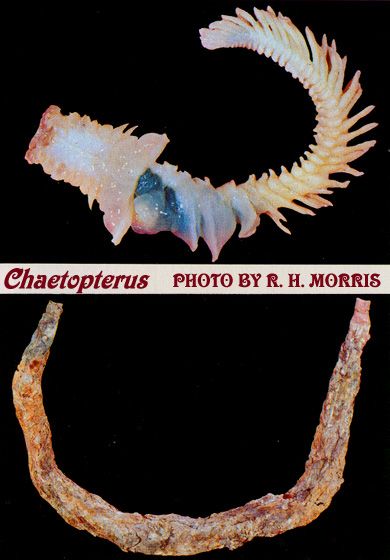

Bivalve with ribs radiating from hinge toward opposite edge of shell, up to 8 cm long. Possesses very strong adductor muscle, which it uses to open and close its shell to "jet" away from predators. Adductor muscle is sought after as food. Attaches to Zostera marina during the early part of its life cycle.
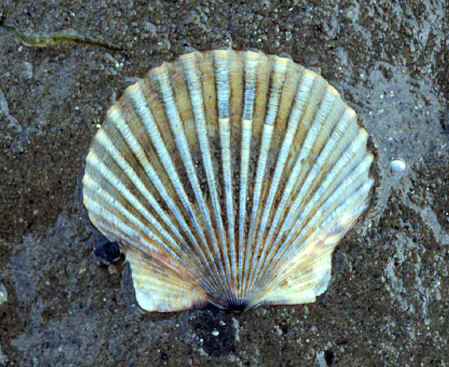
A scoop-shaped shell up to 5 cm long with a shelf extending half-way across the opening. In living organisms, the shelf is obscured by tissue. Found in shallow water in stacks one on top of the other with the larger females on the bottom, hermaphrodites in the middle and smaller males on top.
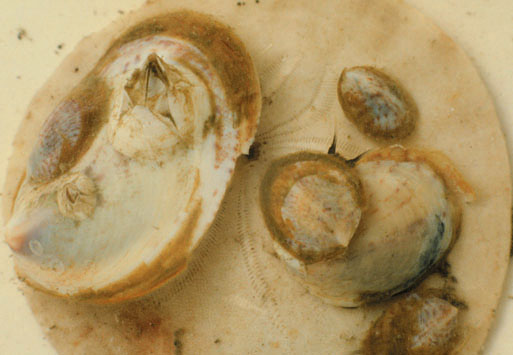
A heavy-shelled bivalve with concentric rings, which wear down with age. Shell is white to gray and up to 13 cm long. Burrows in soft sand or mud bottoms, exposing only its siphons to filter water for microorganisms and small food particles. They are called littlenecks or cherrystones when small.
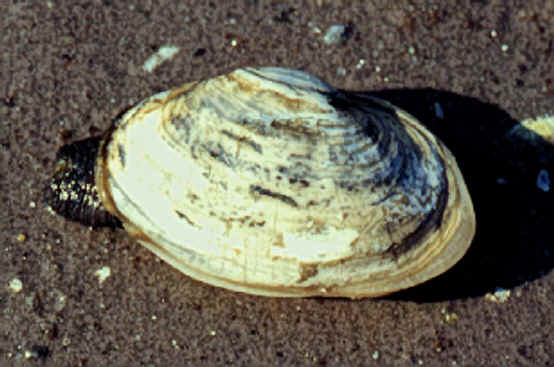
Ribbed mussel Geukensia demissa
Yellow-brown mussel with radiating ribs, up to 10 cm long. Found partially buried in salt marshes attached to peat and roots of Spartina alterniflora. Their feces are a significant source of fertilizer to Spartina.
